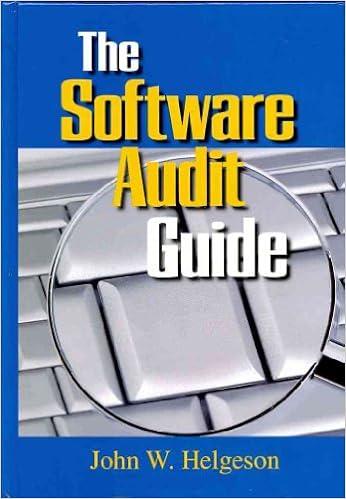Question
Joe Davis is thinking about starting a company to produce carved wooden clocks. He loves making the clocks. He sees it as an opportunity to
Joe Davis is thinking about starting a company to produce carved wooden clocks. He loves making the clocks. He sees it as an opportunity to be his own boss, making a living doing what he likes best. Joe paid $400 for the plans for the first clock, and he has already purchased new equipment costing $2,500 to manufacture the clocks. He estimates that it will cost $20 in materials (wood, clock mechanism, and so on) to make each clock. If he decides to build clocks full time, he will need to rent office and manufacturing space. Which he thinks would cost $2,500 per month for rent plus another $200 per month for various utility bills. Joe would perform all of the manufacturing and run the office, and he would like to pay himself a salary of $3,000 per month so that he would have enough money to live on. Because he does not want to take time away from manufacturing to sell the clocks, he plans to hire two salespeople at a base salary of $1,100 each per month plus a commission of $6 per clock. Joe plans to sell each clock for $250. He believes that he can sell 300 clocks in December for Christmas, but he is not sure what the sales will be during the rest of the year. However, he is fairly sure that the clocks will be popular because he has seen similar items as a sideline for several years. Overall, he is confident that he can pay all of his business costs, pay himself, the monthly salary of $3,000 and earn at least $2,000 more than that per month. (Ignore income taxes.)
A. Perform analyses to estimate the number of clocks Joe would need to manufacture and sell each year for his business to be financially successful:
1. List all of the costs described and indicate whether each cost is (a) a relevant fixed cost, (b) a relevant variable cost, or (c) NOT relevant to Joes decision.
2. Calculate the contribution margin per unit and the contribution margin ratio.
3. Write down the total cost function for the clocks and calculate the annual breakeven point in units and in revenues.
4. How many clocks would Joe need to sell annually to earn $2,000 per month more than his salary?
Step by Step Solution
There are 3 Steps involved in it
Step: 1

Get Instant Access to Expert-Tailored Solutions
See step-by-step solutions with expert insights and AI powered tools for academic success
Step: 2

Step: 3

Ace Your Homework with AI
Get the answers you need in no time with our AI-driven, step-by-step assistance
Get Started


